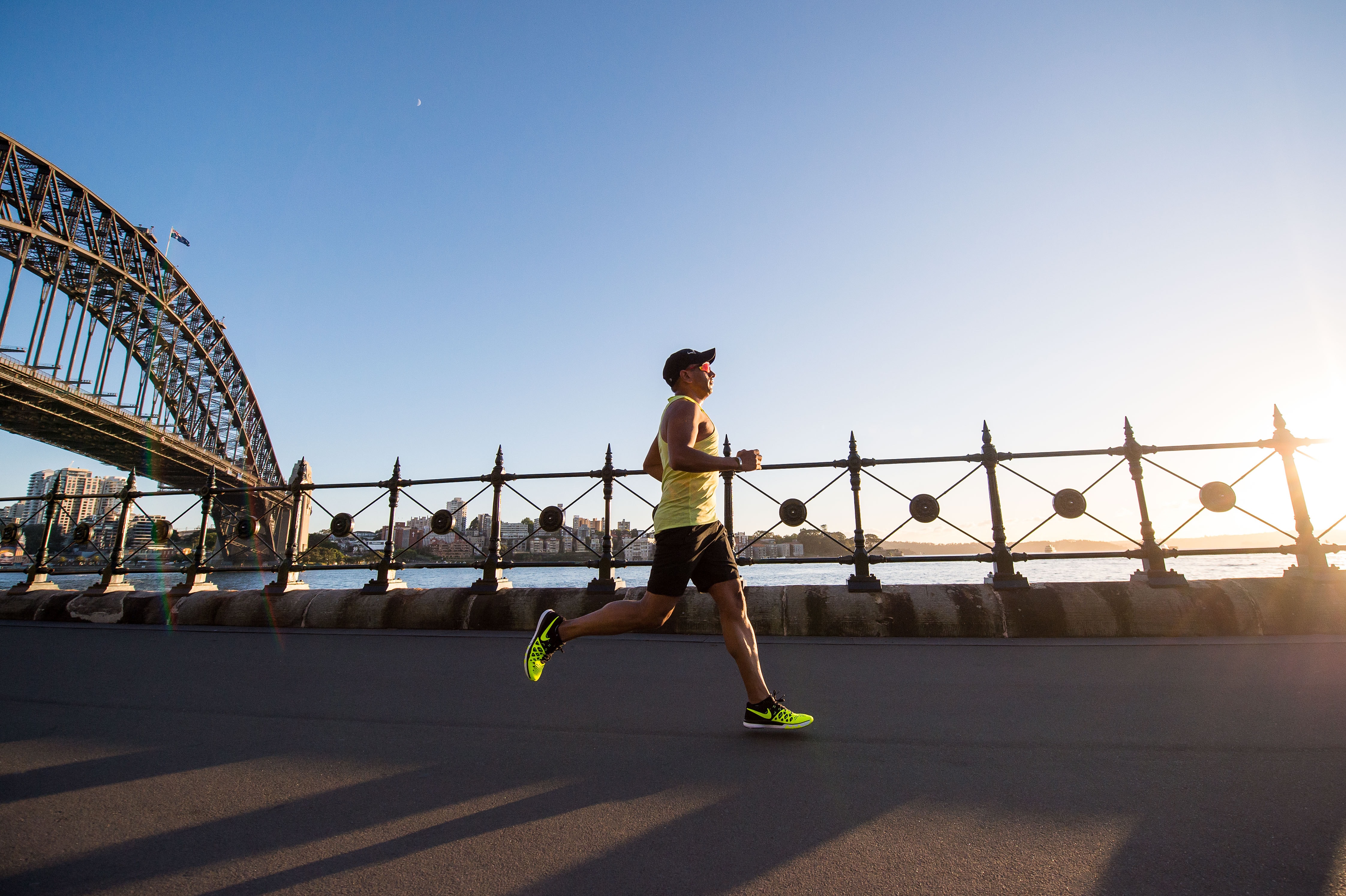Most studies investigated the pacing strategy in marathon running races considering intervals of 5 km (i.e., ~3.1 miles). However, a pacing analysis considering shorter intervals (e.g. 1 mile) might provide more insights to understand marathon pacing strategy. The present study analyzed the tracking of pacing in marathon runners considering one-mile intervals from the 4th to the 26th race mile. The data comprised male and female finishers competing in the ‘New York City Marathon’ from 2011 to 2019. Available information included the overall ranking position, average running speed, and ranking position by age, race time, year of competition, running pace, and split times per mile from the 4th (first point of measurement) to the 26th mile (race finish). Male runners were split into three groups based on their final classification (1st–3rd position; 4th–10th position; higher than 10th position). The Kruskal–Wallis test was used to compare running speed among ranking position groups. Tracking was tested through autocorrelations. The confidence interval was fixed at 95%. For males, 14%, 13%, and 5% of the performance in the last mile was explained by running pace in mile 4, for the three groups, respectively. For women, about 60% of the pace variance in mile 24 was explained by the pace in mile 4. Autocorrelation results showed strong stability in running pace along the race (0.90, 0.91, and 0.76 for 1st–3rd position, 4th–10th position, and >10th position, respectively). Among finishers of the ‘New York City Marathon’ competing from 2011 to 2019, the performance in the last mile was correlated with the performance in the first mile studied (4th mile), regardless of ranking position. Marathon organizers could employ data-driven strategies to monitor and support runners throughout the race.
Pacing in New York City Marathon: a tracking approach | Sport Sciences for Health
